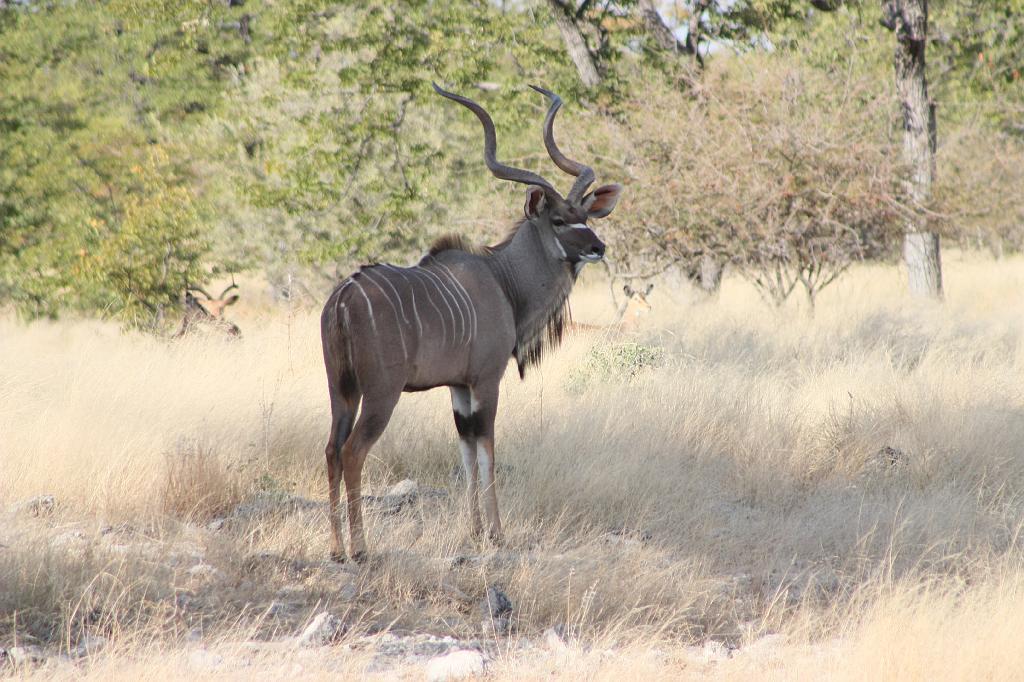DART: Vaccinate against rabies. Photo: FILE
Ellanie Smit -The decimation of the kudu population due to rabies, especially on game-fenced farms, poses a severe and long-term threat to farmers’ income.
While the Namibian kudu population has recovered well over the past few years, this also means that outbreaks of rabies are occurring more frequently.
Wildlife Vets said they believe the most effective way to prevent rabies outbreaks among kudu and eland populations is to dart vaccinate.
“Over the past few years, we have repeatedly dart-vaccinated against rabies on a number of game farms, both during and following an outbreak,” the organisation said.
It said in all cases, the farmers reported the outbreak stopped within 10 to 14 days of vaccination. “Those farms that prophylactically vaccinate annually or biannually now support a thriving kudu population. Ideally, one strives towards obtaining the highest possible percentage of vaccine cover in the kudu or eland population.”
Devastating disease
According to Wildlife Vets Namibia, they have already received several calls regarding suspected rabies cases in kudu and jackals.
The organisation said rabies is known as a disease with low morbidity but high mortality, which is 100% among affected animals.
“The Namibian rabies situation is unique in that the disease spreads from kudu to kudu and eland to eland and reaches epidemic proportions with devastating effects on these species.”
Typically, a rabies infection starts with an animal being bitten by an infected animal, such as a jackal, mongoose or dog.
The bite wound is contaminated with virus particles contained in the saliva.
“By then, the saliva is highly infectious for other animals and humans,” Wildlife Vets said.
Unanswered questions
Among wild herbivores, kudus appear to be the most susceptible to rabies, likely followed by eland, Wildlife Vets noted.
“How the transmission between kudu to kudu works, we still do not exactly understand. It might be that the social behaviour and browsing habits of kudus and eland will result in small wounds in and around the animal’s mouth.”
Wildlife Vets said these are portals for infection and that once a kudu is infected, it leaves saliva on leaves, and other kudus come into contact with this saliva.
It said the spread of the infectious disease is easier and faster where susceptible animals are in close proximity to each other.
“The risk and incidence of rabies are increased in places and times where animals are concentrated in specific areas, converging around water sources in dry seasons.”
Outbreaks recorded
It further explained that rabies is endemic to Namibia and used to have a high prevalence in the central and northern regions.
The first documented case of rabies in kudus in Namibia was in 1975, near Windhoek.
A major outbreak followed from 1977 to the late ‘80s, during which an estimated 30 000 to 50 000 kudus died of the disease. In 2002, another outbreak was reported; by 2003, an estimated 2 500 kudus had died.
Wildlife Vets said these massive disease outbreaks usually follow an increase in the kudu population following good rains and a reduction in the number of predators on farms.
Protect game
It warned that a large, unvaccinated population is much more likely to get infected and spread the disease than a vaccinated or small population.
“In recent years, the disease has started to occur in the southern and eastern parts of the country.”
It said that following recent game auction prices (breeding groups of kudus went between N$7 000 and N$21 000, bulls between N$26 000 and N$47 000, while eland breeding herds cost between N$9 000 and N$14 000 and Livingstone bulls up to N$63 500.
“It is worth protecting your populations. From a trophy hunting perspective, the kudu bull is both one of the most wanted and the slowest maturing.”



